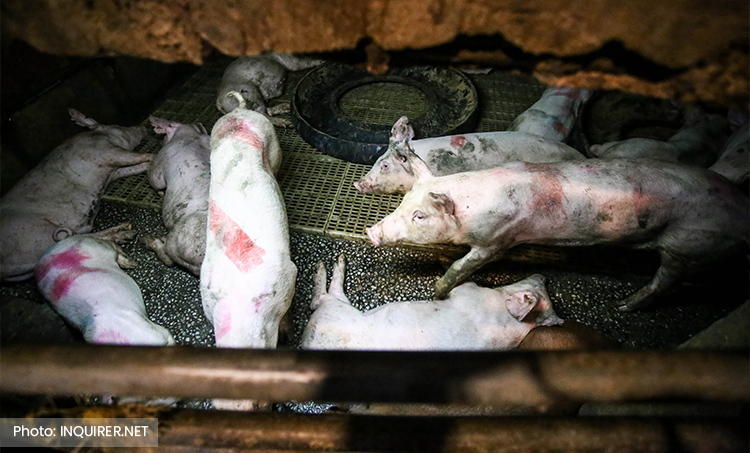Within the month, as much as 7,400 swine have been culled in the northern parts of the Philippines. At the same time, other areas of the country have also begun reporting symptoms in their livestock akin to African Swine Flu.
Although the World Organization for Animal Health have affirmed that the outbreak is not a risk to human health, this is still a cause for great alarm. The virus is lethal to pigs and there is no known cure at the present. The swine industry in the Philippines contributes Php191-billion (USD3.8-billion) to the livestock industry as a whole, beating out every other animal industry. Of the multitude of producers in the Philippines, 65% of the entire industry are small-scale, backyard businessmen and farmers in poverty-stricken areas. These sectors are most affected although the government has assured the public that prices of commodities will remain the same.
At the time of writing, the Philippine government has ramped up efforts to prevent the situation from worsening. The outbreak is believed to have originated from trade with China and Vietnam (the world’s largest producers of swine) who are also experiencing a similar situation. Thus, tighter regulations have been put in place in airports and seaports.
Sources:
https://www.ph.neovia-group.com/resources/market-insights/swine-production/
https://newsinfo.inquirer.net/1170561/house-body-to-probe-swine-fever-outbreak
Photo by the Philippine Daily Inquirer.

